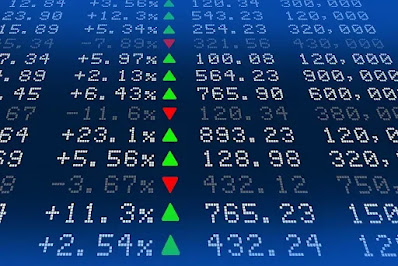What Insights Can the Dot-Com Bubble Give to Understand Market Exuberance Today?

In the current financial landscape, echoes of past bubbles, such as the Dot-Com Era, reverberate through markets, prompting financial analysts to analyse present conditions with a critical eye. Today's market exuberance shares striking similarities with historical bubbles, particularly in the realm of technology stocks and elevated valuations. By looking into academic research, we can uncover profound insights, unavailable to those investing in the stock market during many historical bubbles, that shed light on the dynamics of today's exuberant markets. Figure 1: An Article from The Guardian in December 2000 Source: The Guardian The Dot-Com Bubble serves as a poignant reminder of the pitfalls of speculative fervour. Much like that era, today's markets are filled with optimism , fuelled by the c ontinued proliferation of technology stocks as the industry continues to ever-evolve. (Figure 2) However, beneath the top layer of soaring valuations lies the potential for irrati...

